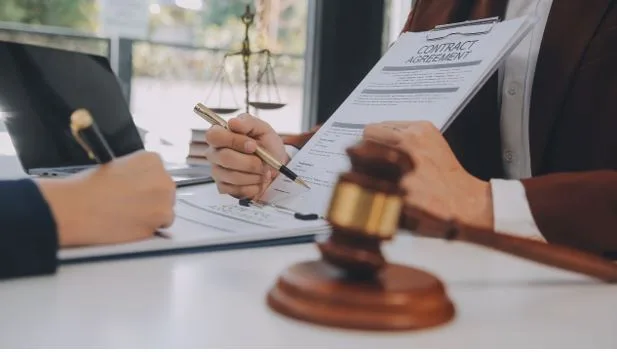Most Common Drain Issues (and DIY Fixes Every Homeowner Should Know)
Slow drains, strange odors, standing water—it’s all part of the not-so-glamorous world of homeownership. But while clogged or sluggish drains can seem like a disaster, many of these issues have simple solutions you can tackle on your own.
In this blog, we’ll walk you through the most common drain problems homeowners face, give you some reliable DIY fixes, and explain when it’s time to call in a licensed plumber.
🚿 Common Drain Issues in the Home
Your home’s drains are constantly at work—so it’s no surprise they run into trouble from time to time. Here are the most frequent culprits:
- Slow Draining Sink or Tub
Cause: Hair, soap scum, grease, and food particles often clog the pipe just beneath the drain.
- Standing Water in the Shower
Cause: Hair buildup in the drain trap, especially in households with long hair.
- Foul Odors
Cause: Rotting debris, dry traps, or bacteria buildup can cause nasty smells to rise from your drains.
- Gurgling Sounds
Cause: Air trapped in the plumbing system, often due to partial blockages or venting issues.
- Toilet Not Flushing Properly
Cause: Clogs in the toilet trap or deeper in the line, or a low-flow toilet not clearing efficiently.
- Kitchen Sink Backup
Cause: Grease, oil, and food scraps building up in the drain or garbage disposal.
- Recurring Clogs
Cause: Deeper blockages in the main drain line or poor pipe design that promotes buildup.
🧰 Simple DIY Fixes for Drain Issues
Before you panic—or call in the pros—try these safe and effective do-it-yourself drain fixes:
🚿 For Hair Clogs in the Shower or Tub:
- Remove the drain cover and pull out visible hair using a drain snake or zip tool.
- Pour boiling water down the drain to help dissolve soap scum.
- Follow with a baking soda + vinegar combo:
- Pour ½ cup baking soda, followed by 1 cup vinegar.
- Let it fizz for 15 minutes. Flush with hot water.
🧼 For a Smelly Drain:
- Pour ½ cup of baking soda down the drain.
- Follow with ½ cup of lemon juice or vinegar.
- Let sit for 15 minutes, then flush with hot water.
- If the odor persists, the P-trap may be dry—run water for 30 seconds to refill it.
🍽️ For a Kitchen Sink Backup:
- Avoid chemical drain cleaners—they often do more harm than good.
- Use a plunger (yes, it works on sinks too!).
- Try the baking soda + vinegar trick.
- Remove the trap under the sink (put a bucket underneath!) and clean it manually.
🚽 For a Clogged Toilet:
- Use a flange plunger and plunge vigorously.
- Add dish soap + hot water and let it sit before trying to flush again.
- Try a toilet auger if the plunger isn’t working.
💨 For Gurgling Sounds:
- Clear minor blockages using a plunger.
- Flush all nearby drains to test airflow.
- If the sound persists, it could be a vent pipe issue—often requiring a plumber.
🛑 When to Call a Licensed Plumber
Some problems are too deep (literally) for DIY methods. Here’s when you should call a pro:
- Multiple drains are clogged at once
- Water is backing up into tubs, showers, or other fixtures
- You’ve tried DIY solutions and the issue keeps coming back
- You hear gurgling or bubbling from unused drains
- Your drain line is completely blocked
- There’s visible water damage or leaking pipes
- You suspect tree roots or a broken sewer line
A licensed plumber has the tools, experience, and equipment (like hydro-jetting machines and video inspection cameras) to resolve deep or stubborn drain issues without damaging your pipes.
💡 Drain Maintenance Tips to Prevent Future Problems
Keep your drains flowing with these easy habits:
| ✅ Habit | 💧 Benefit |
| Use drain screens | Catch hair and debris |
| Don’t pour grease down the sink | Prevents sticky clogs |
| Flush drains monthly with baking soda & vinegar | Keeps them clean and odor-free |
| Run hot water after using the sink | Clears residue buildup |
| Get annual plumbing inspections | Catch problems early |
👨🔧 Final Thoughts
Clogged or slow drains can be stressful—but they don’t always require a costly repair. Many issues can be handled with a little DIY effort and the right tools. But when that quick fix doesn’t cut it, don’t hesitate to call a professional plumber to prevent bigger issues down the line.






